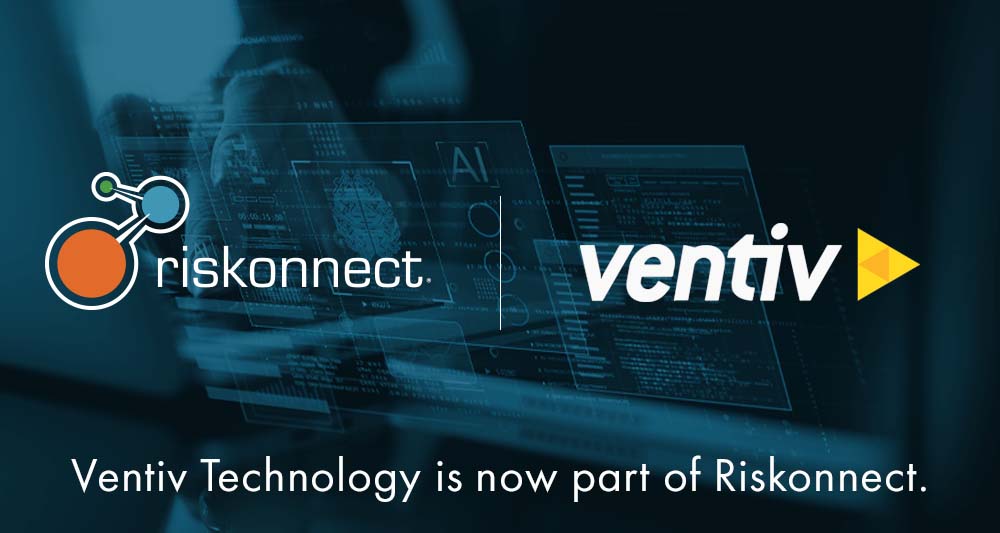by Andrea Brody, Chief Marketing Officer, Riskonnect
Integrated risk management – IRM – is a comprehensive approach to managing risks across an organization. It involves identifying, assessing, prioritizing, and treating risks in a way that aligns with an organization’s strategic objectives. While IRM typically focuses on risks that threaten an organization’s financial and operational stability, it’s important to include insurable risks as part of the IRM framework.
Insurable risks are risks that can be transferred to a third party by buying insurance policies. These risks include property damage, liability, and other perils that can cause financial losses to an organization. Insurable risks are often considered “pure risks” because they involve the possibility of loss without the possibility of gain.
Risk without Boundaries
Including insurable risks in the IRM framework is important because if you want to avoid surprises, every risk must be part of the conversation. Anything that could harm your organization, its competitive position, reputation, or growth mush be anticipated, addressed, and acted upon. Separating risks by type will give you a fragmented view that doesn’t tell you the full story.
Here are four of the most important reasons to extend your IRM program from one end of the risk spectrum – operational risks – to the other – traditionally insurable risks:
1. Insure risks beyond property/casualty. Insurance can help an organization manage its financial risks by transferring the risk of loss to an insurance carrier. This can help mitigate the impact of a loss on an organization’s financial position and enable it to recover more quickly.
2. Take full advantage of useful services. Insurers often include risk management services in their policies that can help an organization prevent losses from occurring in the first place. For example, an insurance carrier may provide training or risk assessments that can help an organization identify and mitigate risks before they become a problem. By working with an insurance company, an organization can leverage the expertise and resources of the insurer to strengthen its overall risk management program.
3. Better understand your risk profile. Including insurable risks in the IRM framework can help an organization get a deeper and more complete understanding its overall risk profile. By identifying which risks are insurable and which are not, an organization can make more informed decisions about how to allocate resources to manage those risks. This can help ensure that an organization is prioritizing its efforts and resources on the most critical risks.
4. Protect yourself from fines and other penalties for noncompliance. Including insurable risks in the IRM framework can help an organization meet its regulatory and compliance obligations. Many regulations and standards require organizations to have adequate insurance coverage in place to protect against certain risks. By including insurable risks in the IRM framework, an organization can ensure that it is meeting these requirements and avoiding potential penalties or legal liabilities.
Bridge the Divide
Dealing with today’s changing world of risk can’t be done from twin silos that wall off insured risk from operational and financial risks. Insurable risks should be built into your integrated risk management framework because they represent an important aspect of your organization’s overall risk profile. Having a comprehensive view also can reveal critical relationships between risks that might not be obviously connected.
By including insurance as part of the risk management strategy, organizations can transfer financial risk, access risk management services, better understand their risk profile, and meet regulatory and compliance obligations. Ultimately, this can help your organization achieve its strategic objectives while minimizing risk and protecting against potential losses.
For more on integrated risk management, download our ebook, Conquering the New World of Risk with Integrated Risk Management, and check out Riskonnect’s IRM software solutions.





